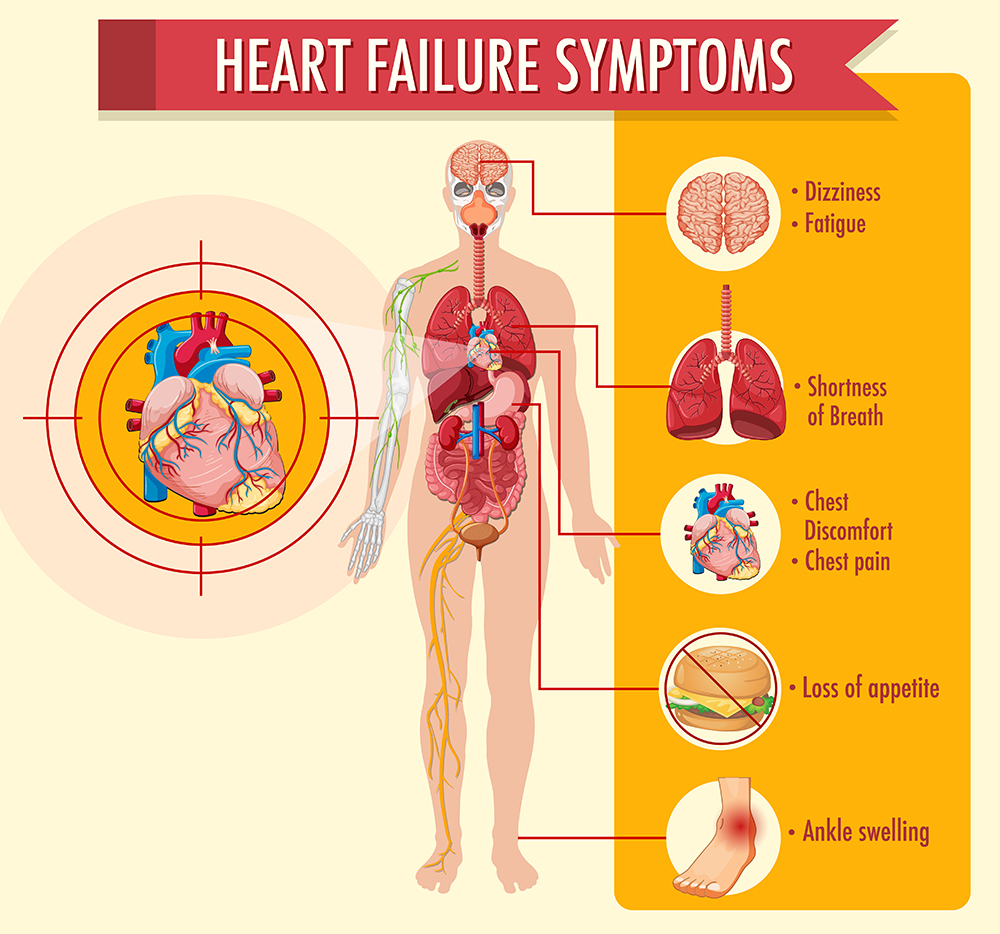Heart failure is an umbrella term for a set of physical symptoms arising due to the gradual deterioration in the heart’s pumping ability. The term “congestive heart failure” was traditionally used because the condition resulted in fluid buildup and congestion in the lungs. However, doctors and medical researchers have found that it causes a wide array of other symptoms. That’s why they now refer to the condition as heart failure. A healthy human heart relaxes and contracts nearly 100,000 times a day and pumps more than 2,000 gallons of blood throughout the body. The cardiovascular system also includes a network of arteries and veins to transport deoxygenated and oxygenated blood to and from the heart. If any part of the system falters, it can disrupt the flow of blood to vital organs. Heart failure is characterized by a progressive decline in the heart’s power to pump blood. When that happens, the heart goes through a series of structural changes (knowns as cardiac remodeling) and beats faster to pump more blood. Also, the blood vessels constrict to stabilize blood pressure and restrict blood supply to non-critical organs like the skin and kidneys. When blood flow to the kidneys reduces, it compels the body to retain more fluid and sodium. All these short-term fixes result in more damage and cause even more stress to the heart muscles. That, in turn, results in further deterioration of the heart’s pumping action. The heart failure symptoms vary depending on whether they’re caused due to a lack of oxygen or an increase in fluid build. Lack of oxygen supply results in the following heart failure symptoms : Excess sodium and fluid buildup in the body causes the following heart failure symptoms: The most common causes of heart failure include: There are various ways to categorize congestive heart failure. Depending on the part of the heart’s pumping that’s affected due to heart failure, it can be of the following types: Also, depending on the side of the heart that’s affected, heart failure can be categorized as left-sided failure and right-sided failure. The treatment approach a doctor will use depends on the type of heart failure a patient has developed. The American College of Cardiology and the American Heart Association has outlined four stages to denote the progression of heart failure. While Stage A is characterized by risk factors like underlying medical conditions, stage B shows structural changes in a patient’s heart. The more advanced stages (C and D) present visible symptoms. Heart failure (also known as congestive heart failure) is a progressive condition caused by the heart’s inability to pump blood adequately. It results in symptoms like shortness of breath, fatigue, weight gain, and brain fog. Dr. C Raghu is an eminent cardiologist with more than two decades of experience. If you or someone you know has developed congestive heart failure symptoms, consult Dr. Raghu to explore your treatment options.
What Happens in Congestive Heart Failure?
Congestive Heart Failure Symptoms: A Closer Look

Causes and Types of Congestive Heart Failure
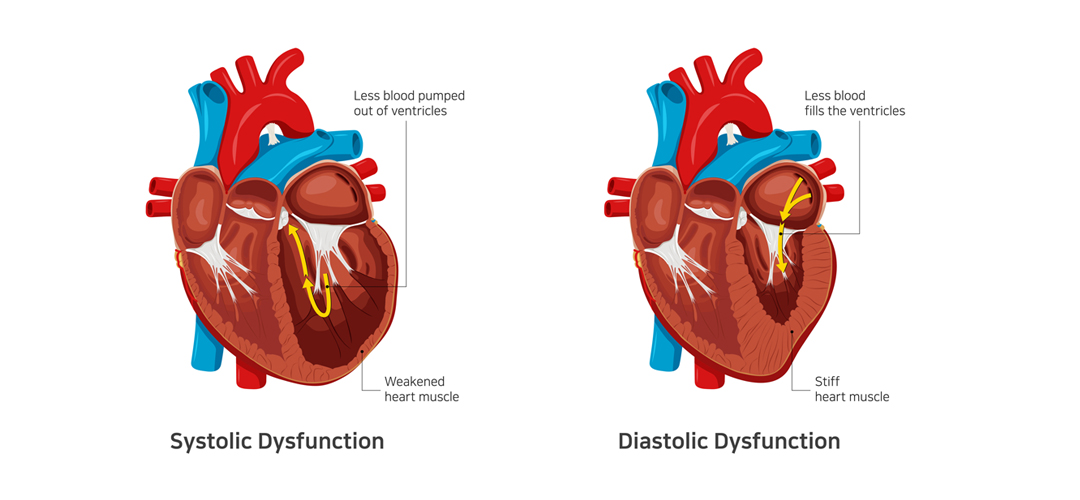
Stages of Heart Failure
In Conclusion
Book Online Consultaion
Understanding Congestive Heart Failure Symptoms Blog
Subscribe the Hearty Life Blogs

DR. RAGHU
Cardiology Coronary, Vascular and
Structural InterventionsConditions & Diseases
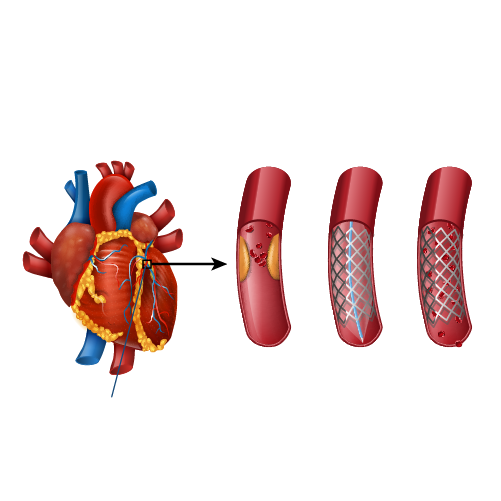
Angioplasty
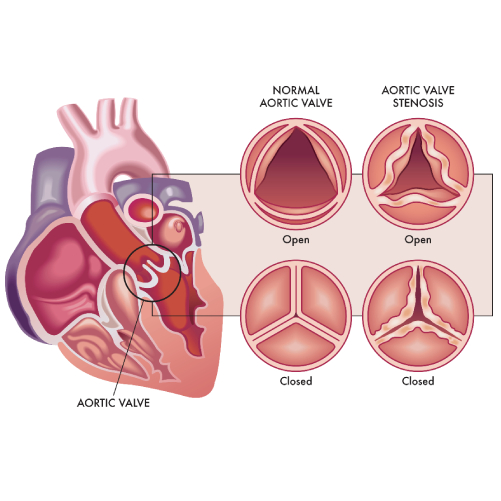
Aortic Stenosis
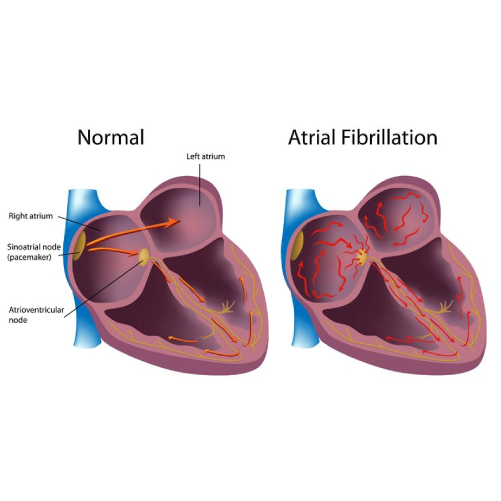
Atrial Fibrillation
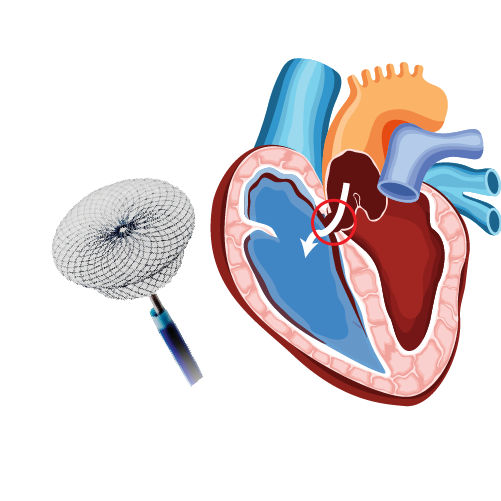
Atrial Septal Defect
Symptoms of heart failure / Dr Raghu
Heart failure is a serious condition that can result in organ damage and death (if left untreated). If you want more information about the different types and symptoms of heart failure, take a look at our previous blog posts.
In this article, we’ll explore the different causes of heart failure in greater detail. Let’s get started.
Heart Failure: A Closer Look
Heart failure refers to a condition where the heart is unable to pump blood throughout the body with maximum efficiency. It’s usually the result of progressive weakening, thickening, or stiffening of the heart muscles.
In the past, doctors used to refer to the condition as congestive cardiac failure because it leads to fluid buildup and congestion in the lungs. However, recent research shows that heart failure can cause several other symptoms.
Symptoms of Heart Failure
It’s possible for patients to develop heart failure without showing symptoms for months. That’s because they might attribute signs like confusion and fatigue to other factors, such as old age and stress.
However, if you’re at risk of developing heart failure, you should watch out for the following symptoms:
- Swelling in the abdomen, feet, and legs
- Shortness of breath that worsens due to physical exertion or when lying down
- Weight gain due to fluid buildup
- Loss of appetite
- Pale or bluish skin
Related : Understanding Congestive Heart Failure Symptoms
Causes of Heart Failure
Heart failure can be the result of various underlying conditions, including hypertension, diabetes, chronic respiratory disease, cardiomyopathy, and coronary artery disease. Also, it can be caused by damage to the heart muscles due to a viral or bacterial infection or a previous heart attack.
Moreover, faulty heart valves can strain the cardiac muscles and lead to heart failure. Similarly, heart rhythm disturbances can create structural changes in the left ventricle and cause heart failure.
It’s worth noting that people with a family history of cardiac ailments are more prone to developing heart failure. Also, the risk is higher in seniors and people with an African-American ethnic background. Alcohol consumption, tobacco smoking, and substance abuse also increase the risk.
Types of Heart Failure
Depending on the phase of the heart’s pumping cycle that’s affected by congestive cardiac failure, the condition can be of two types:
- Systolic heart failure – Heart failure due to a problem in the contraction (systolic) phase of the pumping cycle; also known as heart failure with reduced ejection fraction.
- Diastolic heart failure – Heart failure due to a problem in the relaxed (diastolic) phase of the pumping cycle; also known as heart failure with preserved ejection fraction.
Heart failure can also be categorized as:
- Left-sided heart failure (caused by a weak left ventricle)
- Right-sided heart failure (caused by a weak right ventricle)
Related : Types of Heart Failure
Stages of Heart Failure
The American Heart Association (AHA) and the American College of Cardiology (ACC) have identified four distinct stages of heart failure based on the degree of severity. The course of treatment for a patient depends on the stage of heart failure they’re at.
Diagnosing Heart Failure
Heart failure is diagnosed through a series of lab tests, including ECG, echocardiogram, coronary angiography, chest X-ray, brain natriuretic peptide test, etc. Doctors recommend the right combination of tests to identify the causes of heart failure and devise a suitable treatment plan.
Dr. C Raghu is an eminent cardiologist with more than two decades of experience. He specializes in interventional cardiology and has helped a plethora of patients with different heart conditions. If you’ve been diagnosed with heart failure, feel free to consult Dr. Raghu to explore your treatment options.
What is Heart Failure?
Heart failure is not a single disease instead it is a constellation of symptoms. In this disease the heart is unable to meet the requirements of the body by its inability to pump or be able to do so by increasing the filling pressures so that it might pump effectively.

Heart Failure is not a disease but a group of symptoms. It is the result of many diseases affecting not only the heart but other organs of body.
Related : Types of Heart Failure
Heart Failure vs Heart attack vs Cardiac Arrest
All the three terms refer to different medical issues.
- Heart failure is consequent to inefficient functioning of heart.
- Heart attack is due to the interruption of blood supply to the heart.
- Cardiac arrest is a situation where the heart stops to beat.
Symptoms of Heart Failure
Inefficient functioning of the heart leads to fluid logging in the body
- Fluid logging in the lungs – presents as breathlessness – Left Heart failure in medical parlance Early stages of heart failure – breathlessness can be present on walking.
- Advanced stages of heart failure –Breathlessness can be present at rest or, Inability to lie flat or may be awakened from sleep.
- Fluid accumulation in other organs of the body – Right heart failure in medical parlance Legs causing swelling of the feet, Swelling of face, abdomen, Pain in upper right abdomen.
- Heart failure symptoms which are related to the lungs are called left heart failure symptoms, those symptoms which are related to other organs are called right heart failure symptoms.
- Concept of left and right heart
- failure is important in treatment
Related : What Is Systolic Heart Failure?
What causes heart failure?
Heart failure is a result of many disease processes in the body. Common among them being: Coronary artery disease:
- The most common disease that is responsible for heart failure is coronary artery disease. • Coronary artery disease means accumulation of cholesterol in the blood vessels supplying the heart leading to interruption of blood supply to the heart.This interruption of blood supply can either directly reduce the blood supply to the heart resulting in dysfunction or can cause heart attack which can also reduce the heart pumping ability.
- Common diseases – such as diabetes, hypertension and sometimes abnormalities of the valves of the heart and fast beating of the heart of which most commonly atrial fibrillation can all result in reduced efficiency of the heart.
In addition, advanced age itself beyond the age of 65-70 the efficiency of the heart reduces leading to heart failure.
What tests are required for diagnosis of heart failure?
The tests for the diagnosis of heart failure are
- Imaging test
- ECG
- Blood test
Blood tests in heart failure :
- The most common blood test that is done is a pro-BNP test. If it is less than 125, we can safely exclude heart failure as the cause for breathlessness.
- In addition, we look at presence of Anaemia, Renal dysfunction and blood glucose elevation in a patient with heart failure.
Electrocardiogram (ECG) : This remains an important test
Electrocardiogram (ECG) : This remains an important test

- Can detect the presence of previous heart attack.
- Irregular heart beat – most common is atrial fibrillation.
- Presence of any Bundle branch block.
Echocardiogram : The most common and important test for the diagnosis of heart failure is the echocardiogram where we estimate the left ventricular ejection fraction (measures the pumping ability of the heart) or in short called as EF.
Other test done to manage heart failure are cardiac MRI and nuclear test.
Related : Heart Failure – Role of Electrocardiogram (ECG)
What is the role of Angiography in heart failure?
For every 3 patients with heart failure 2 have underlying obstruction to the heart’s blood supply. Identifying this is super important because removal of these obstructions by angioplasty and stent can lead to improved cardiac function.
The blood vessels supplying the heart are the coronary arteries and obstructions are called coronary artery disease. So, whenever there is a coronary artery disease, we can identify that only by performing a coronary angiography.
The major advantage of this investigation is apart from diagnosis in coronary artery disease, in case if any blocks in heart vessels are identified they can be treated by performing a balloon angioplasty and a stent procedure.
The benefit of removing the cholesterol plaques in the heart vessels is that – there can be a strong chance for the heart functioning to recover once the blood flow is restored back to the heart.
Copyright © 2023, Dr. Raghu. All rights reserved.
+91 95424 75650

+91 95424 75650

